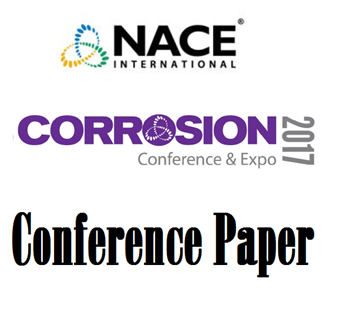Search
Products tagged with 'oxygen'
View as
Sort by
Display
per page
Effect of CO in Stress Corrosion Cracking of Carbon Steel Pipelines in CCS Environments
Product Number:
51324-20647-SG
Publication Date:
2024
$40.00
Internal Corrosion of Flare Header - A Case Study
Product Number:
51324-21201-SG
Publication Date:
2024
$40.00
SCC Of Tensile Wires At High CO2 Partial Pressure In Simulated Annulus Environments Of Flexible Pipes
Product Number:
51322-17898-SG
Publication Date:
2022
$20.00
The Impact of Oxygen Related Black Solids in Oil and Gas Production Systems
Product Number:
51323-18942-SG
Publication Date:
2023
$20.00
The Influence Of Oxygen On Protective Iron Carbonate Scales Formed On Carbon Steel In CO2 Environments At Near-Neutral Ph
Product Number:
51322-17899-SG
Publication Date:
2022
$20.00
Understanding the Total Cost of a Corrosion Issue in the Oil and Gas Industry
Product Number:
51317--9286-SG
ISBN:
9286 2017 CP
Publication Date:
2017
$20.00






